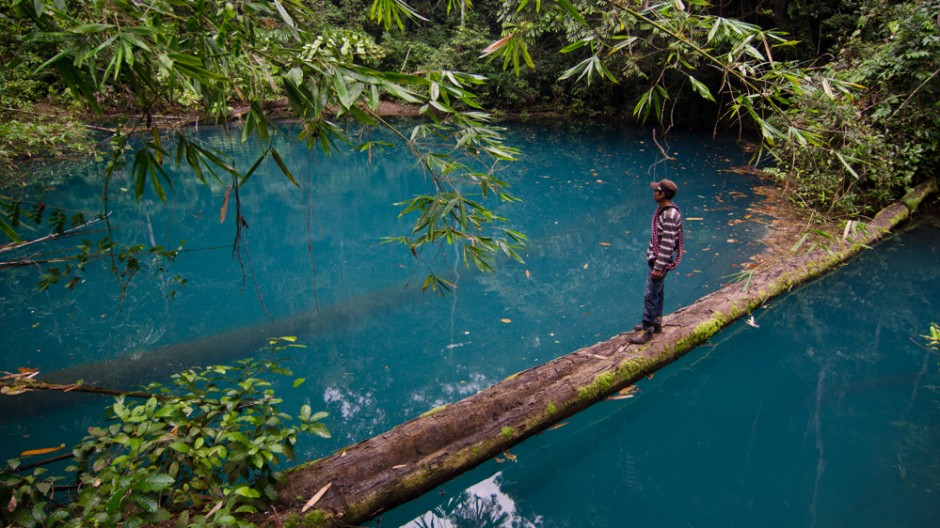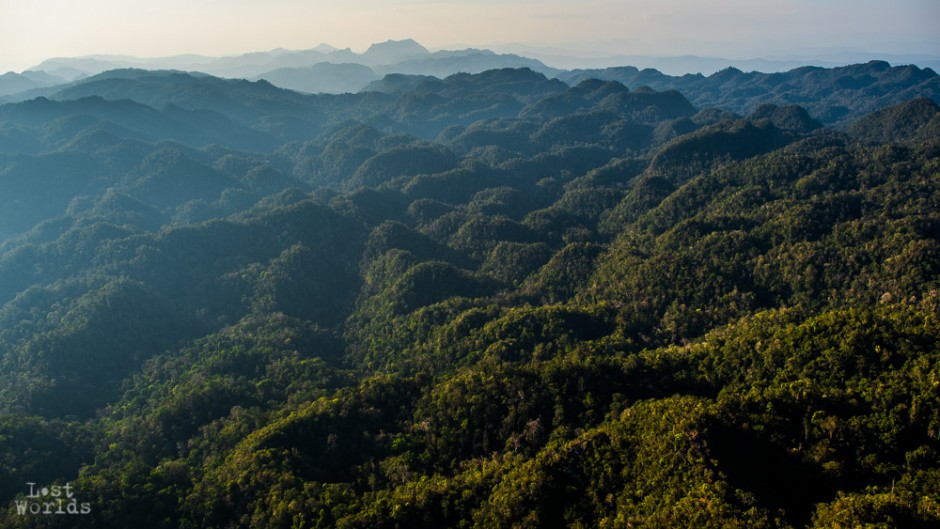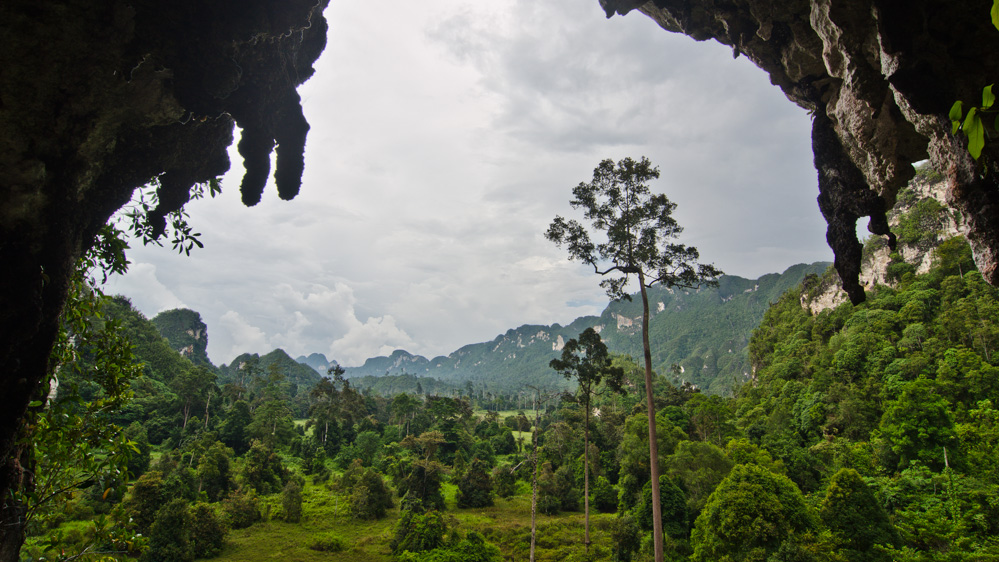The scientists were able to make first archaeological surveys on several caves bearing traces of ancient human presence (ceramics, paintings, sculptures, etc.) A quick inventory of the local biodiversity as well as numerous extremely interesting wildlife observations - notably of the Anoa, the world smallest bovine, of which only little is known to this day - allowed the team to narrow down research projects for a scientific expedition of a larger scale planned for 2017.
To find the log of the expedition, visit here.
A short film presenting this expedition and introducing the Lost Worlds project was made possible thanks to the work of well-known director Gil Kebaïli and the support from Zabriskie Prod and Gedeon Programmes :
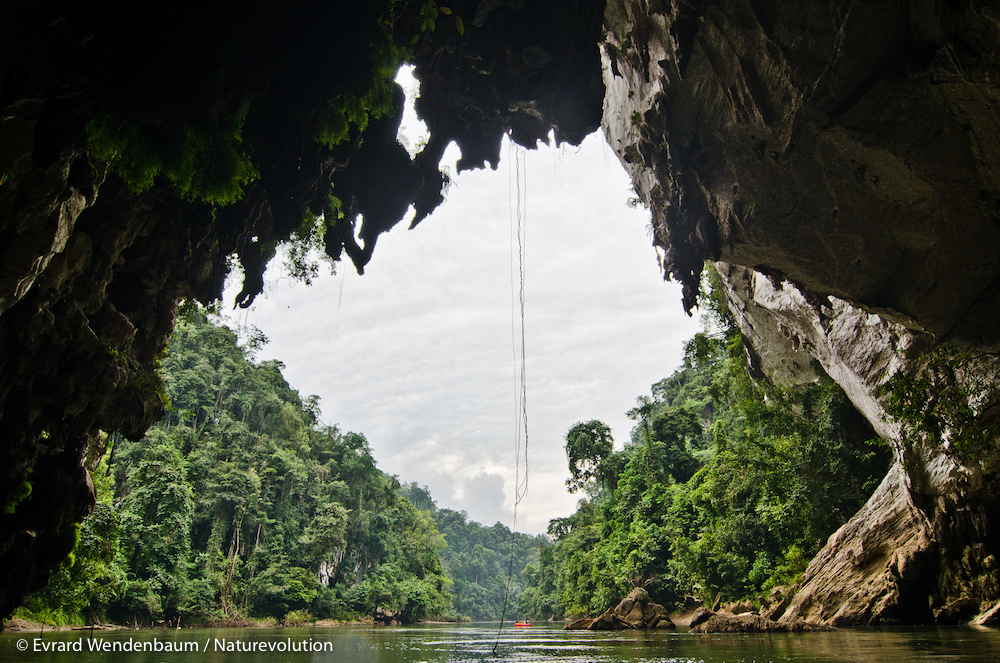
Read more about the Matarombeo project :
Wallacea, biodiversity hotspot
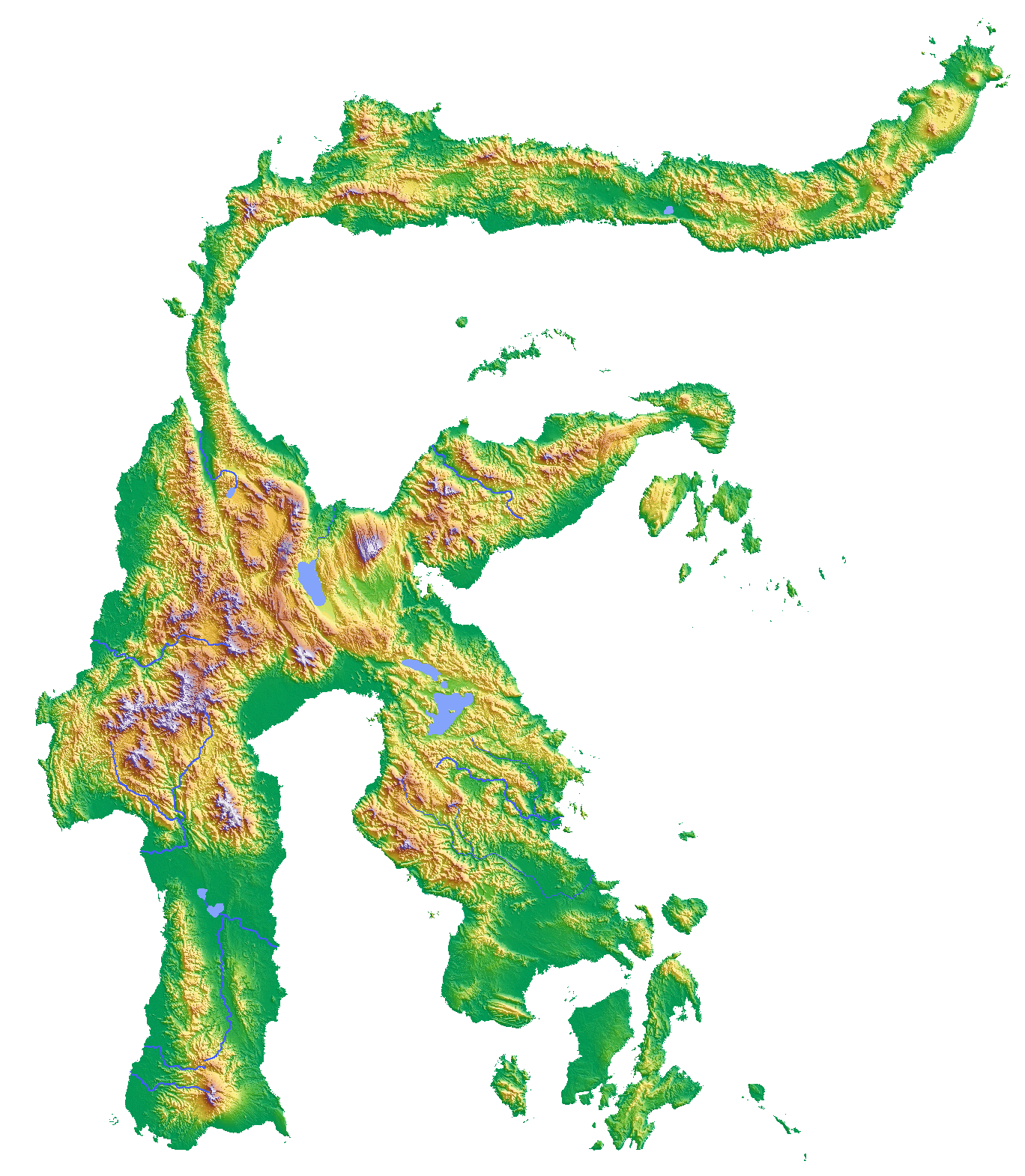 On Sulawesi island, local conditions and geological events brought on a strong diversification of fauna and flora, resulting with high levels of endemism
On Sulawesi island, local conditions and geological events brought on a strong diversification of fauna and flora, resulting with high levels of endemism Between the biogeographical regions of Southeast Asia and New Guinea lies a transition zone : an area named Wallacea, in tribute to professor A.-R. Wallace who studied this region. Reaching the same conclusions as Charles Darwin regarding the processes underlying the evolutive history of species, he sent him a letter in 1858 which prompted Darwin to speed up the publishing of his masterful theory. The limits of this transition zone are generally located on both sides of Sulawesi island, a place where a combination of local conditions and geological events brought on a strong diversification of fauna and flora, resulting with high levels of endemism.
Sulawesi holds a fabulous natural heritage. Due to its vast amount of biodiversity and the impending threats it is facing, it ranks among the world's 34 biodiversity hotspotsAcross its vast range of natural habitats, 98% of terrestrial mammals, a third of the birds and nearly 80% of amphibians are endemic to the island. Some of these species are highly emblematic : the Babirusa, a pig with large canine, sole member of its genus ; the Maleo, a bird burying its eggs to make use of solar or geothermal energy to incubate them ; the very rare and threatened giant palm civet, a carnivore strictly endemic to the north and the center of the island, to name just a few.
The island of Sulawesi truly holds a fabulous natural heritage. Due to this vast amount of biodiversity and to the impending threats it is facing, it ranks among the world's 34 biodiversity hotspots.
The Matarombeo karst
The karstic massifs of Matarombeo, completely unknown, hold a huge potential of discoveries in terms of underground networks and new speciesThe karstic massif of Matarombeo spreads in the southeast of Sulawesi on about 1200km2 (half the size of Luxembourg, or the size of NYC) with its eponymous summit reaching an altitude of about 1500m. It is framed to the north and to the south by two main rivers flowing eastwards for the whole length of the massif. These waterways offer the possibility to enter the massif on its whole length and to make natural transects. Karstic massifs are known to be the richest areas of the planet in terms of biodiversity, and the Matarombeo massif being completely unknown (including the rivers around), it represents a huge potential of discoveries in terms of underground networks and new species for science.
The future expédition Matarombeo 2018
The objectives : biodiversity inventory, underground exploration, archaeological studyFollowing the scientific mission Matarombeo 2014, a new expedition is planned for late 2018. L’objectif de celle-ci est d’accéder cette fois au cœur du massif et d’y mener plus de scientifiques pluridisciplinaires et internationaux afin d’en réaliser notamment un inventaire de sa biodiversité. L’exploration se fera aussi sous terre, le karst présentant en effet les conditions requises au développement d’un gigantesque réseau, peut-être le plus grand de cette région du monde. Enfin, des peintures rupestres, des masques et des sépultures ayant été repérés dans les contreforts du massif, une équipe d’archéologue participera également à la mission.
Due to the complexity of this environment and in order to meet its targets, this expedition will require technical skills and physical feats from the scientists, along with considerable logistic meansAs the ground is particularly complex, notably due to its rugged geology and the density of the forest, this expedition will require technical skills and physical feats from the scientists, along with considerable logistic means, to meet its targets. In order to cross the massif from one end to the other, the team will have to paddle down through tricky rapids, climb razor-sharp summits, enter and navigate underground galleries for several days, and move both under and above the canopy of a virgin tropical forest. A breathtaking adventure in an unknown universe where encounters with macaques and venomous snakes with be plentiful, and a journey that will not fail to leave its mark.
We are right in mounting the expedition and research partners to join us. If you want to associate yourself with this project, please contact us via contact form

